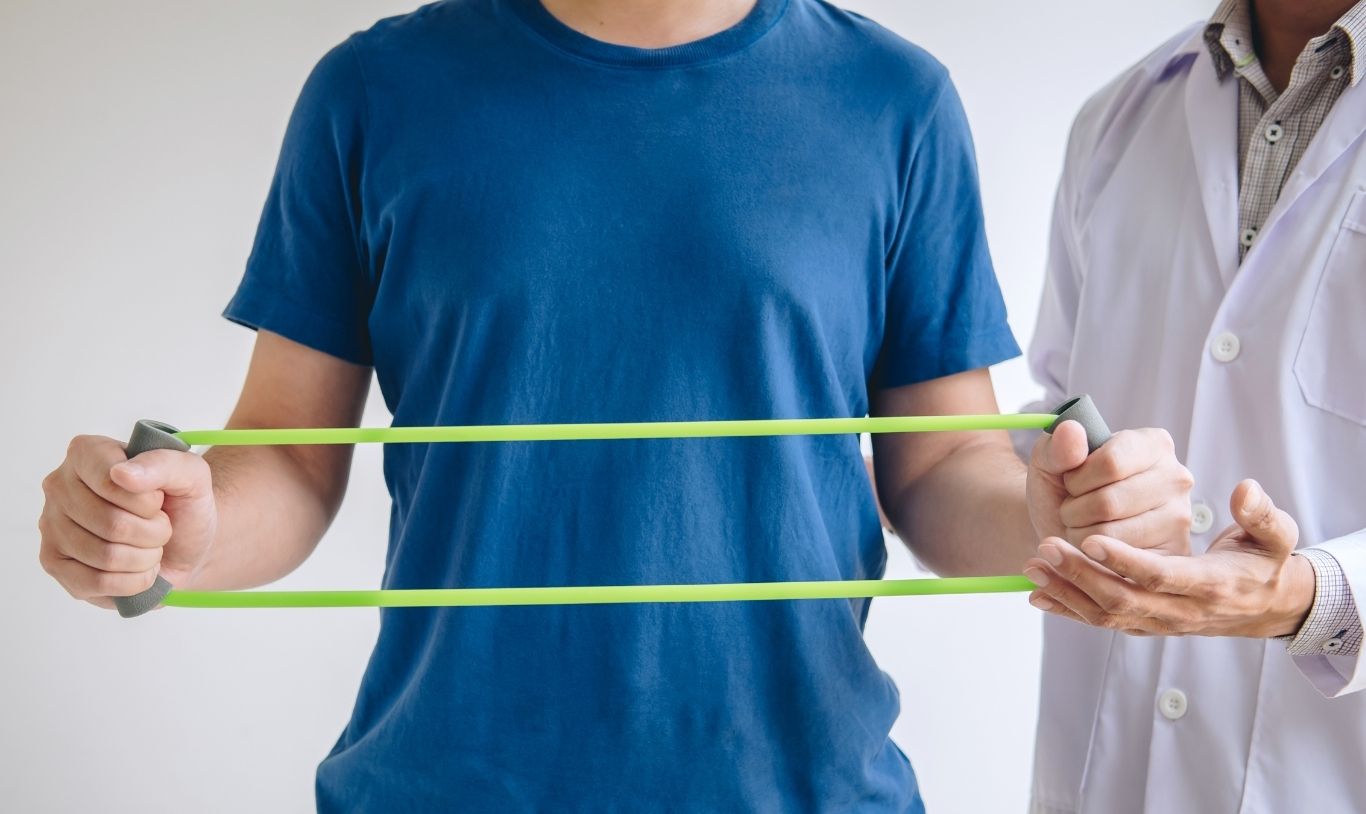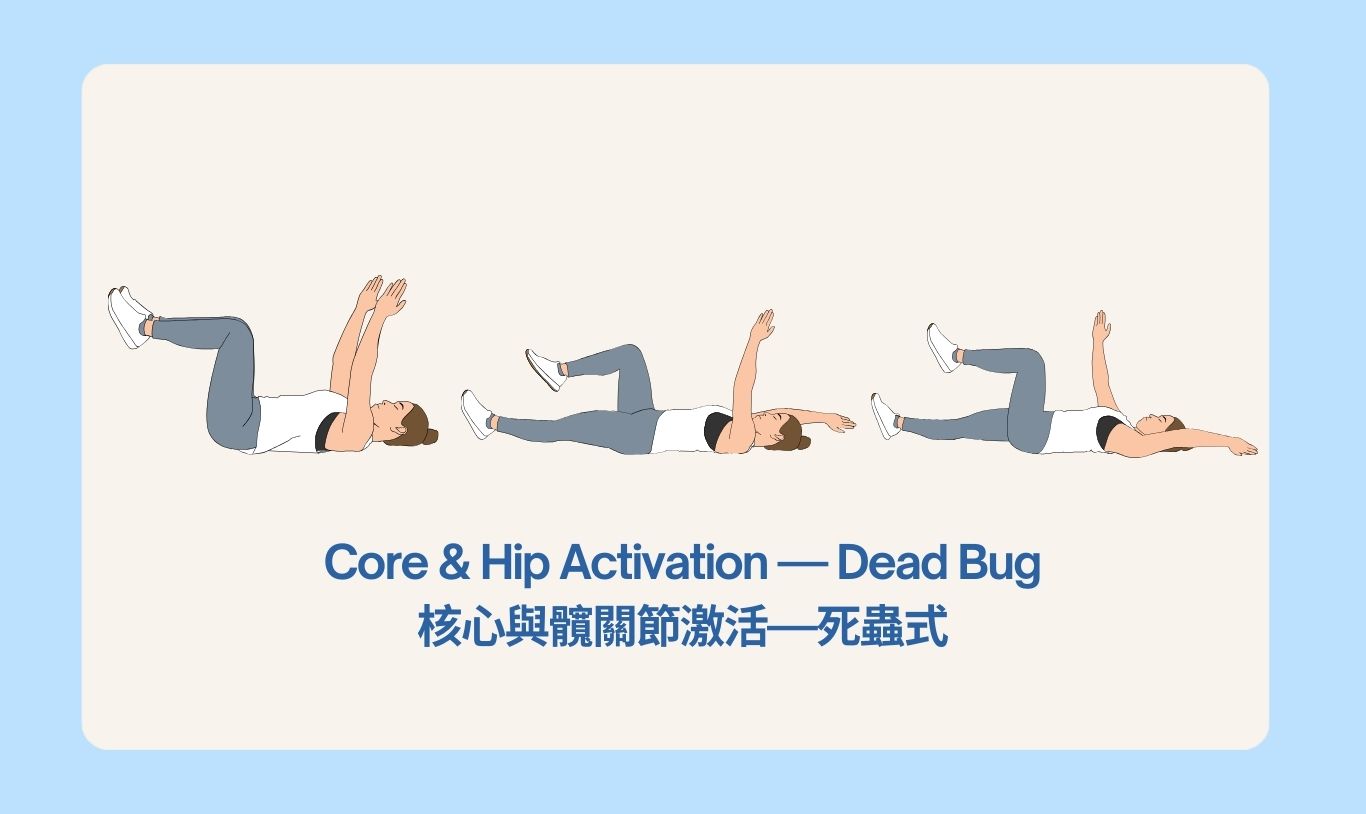




Health Information



Dynamic Warm-Up Routine to Avoid Swimmer's Shoulder Injuries

Dynamic Warm-Up Routine to Avoid Swimmer's Shoulder Injuries (by Sportsperformance Physiotherapy)
In the pools of the swimming contests, victory is often determined by a fingertip touch. Swimming is a sport of high repetition, where thousands of stroke cycles place extraordinary demands on the shoulder joint. Swimmer’s Shoulder (a form of shoulder impingement) is the most common overuse injury in the sport, frequently originating from weak rotator cuff muscles, poor scapular stability, and an insufficient warm-up routine.
A specialised dryland warm-up targeting the shoulder girdle and core is your most effective strategy for injury prevention and improving stroke efficiency. The following is the dryland warm-up protocol for elite swimmers.
Why a Dryland Dynamic Warm-up is Critical for Swimmers?
While in-water warm-ups are essential, a targeted dryland routine allows you to activate the deep stabilising muscles around your shoulder without the resistance of water. This builds a solid foundation of stability before you subject the joint to the high loads of your swim session, as supported by principles from leading sports medicine bodies.
[The Swimming Dryland Dynamic Warm-up Protocol]
1. Rotator Cuff Activation — Banded External Rotation:
- Purpose: To precisely engage the rotator cuff muscles, which are crucial for centring the humeral head in the socket and preventing impingement. This is your first line of defence against swimmer's shoulder.
- How-to: Hold a resistance band with both hands, elbows bent at 90 degrees and tucked firmly into your sides. Keeping your elbows stationary, rotate your forearms outward against the band's tension. Squeeze your shoulder blades slightly together at the end of the movement. Perform 15-20 controlled reps.

2. Scapular Stability — Wall Angels:
- Purpose: To improve the control and movement of your shoulder blades (scapulae) on your rib cage. Proper scapular movement is the bedrock of a powerful and efficient stroke.
- How-to: Stand with your back, hips, and head against a wall. Position your arms in a "goalpost" shape (elbows bent at 90 degrees, back of hands and elbows touching the wall if possible). Slowly slide your arms up the wall, maintaining contact, and then back down. Focus on not letting your lower back arch. Perform 10-15 reps.

3. Dynamic Stretch — Finger Walk-ups:
- Purpose: To dynamically increase shoulder range of motion and stretch the chest muscles, counteracting the tightness that can come from repetitive stroking.
- How-to: Stand sideways to a wall. With the hand closest to the wall, "walk" your fingers upwards until you feel a gentle stretch in your shoulder and chest (no sharp pain). Hold for a moment, then slowly walk your fingers back down. Perform 8-10 reps per side.

4. Core & Hip Activation — Dead Bug:
- Purpose: To engage the deep core muscles that stabilise your torso during body rotation and kicking. A stable core prevents energy leaks and reduces stress on the lower back.
- How-to: Lie on your back with your arms extended toward the ceiling and your legs in a tabletop position (knees bent at 90 degrees). Slowly and simultaneously lower your right arm and left leg towards the floor, keeping your core braced and your lower back flat. Return to the start and repeat on the opposite side. Perform 12-15 controlled reps per side.

Build a Foundation for a Healthier Stroke
Exceptional swimming technique is built upon healthy, stable shoulders. Integrating this dryland warm-up into your pre-pool routine will allow you to train harder and smarter in the water.
If you are experiencing any sport-related injuries, shoulder discomfort, a nagging injury, or need to restore optimal physical health, you should make an appointment to seek guidance and advice from a professional physiotherapist or medical expert to obtain a proper diagnosis and appropriate treatment.
Further reading:



